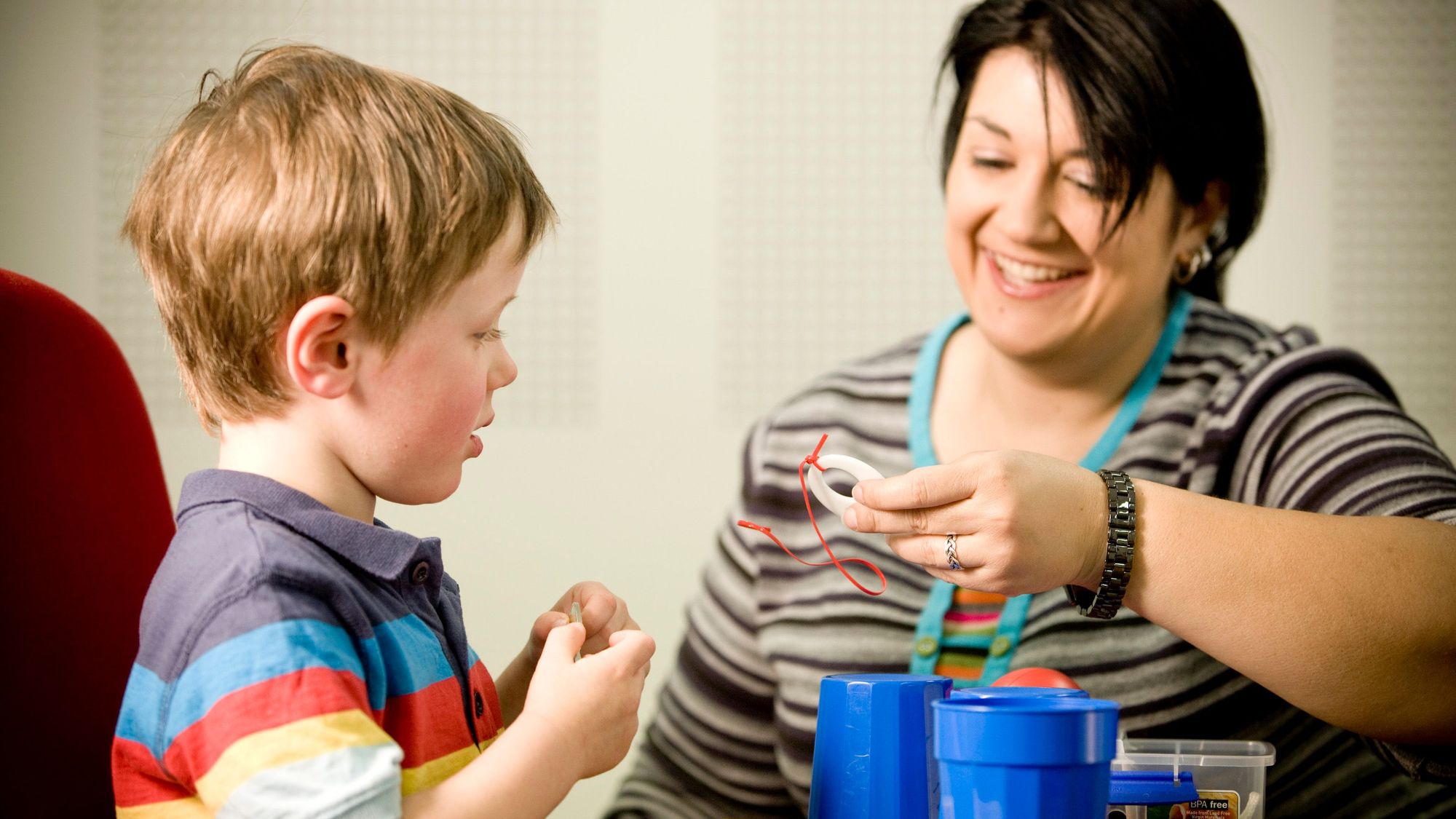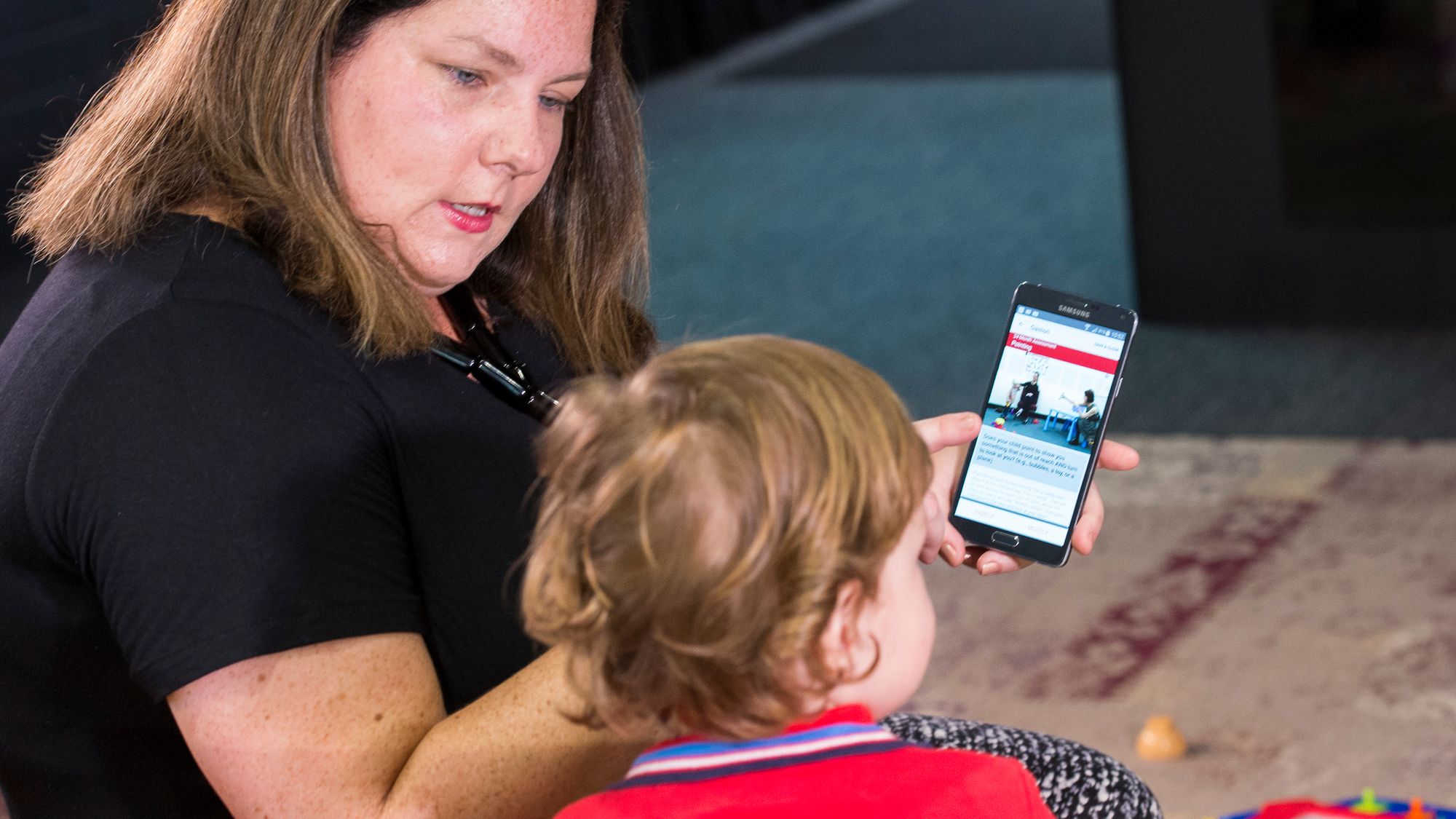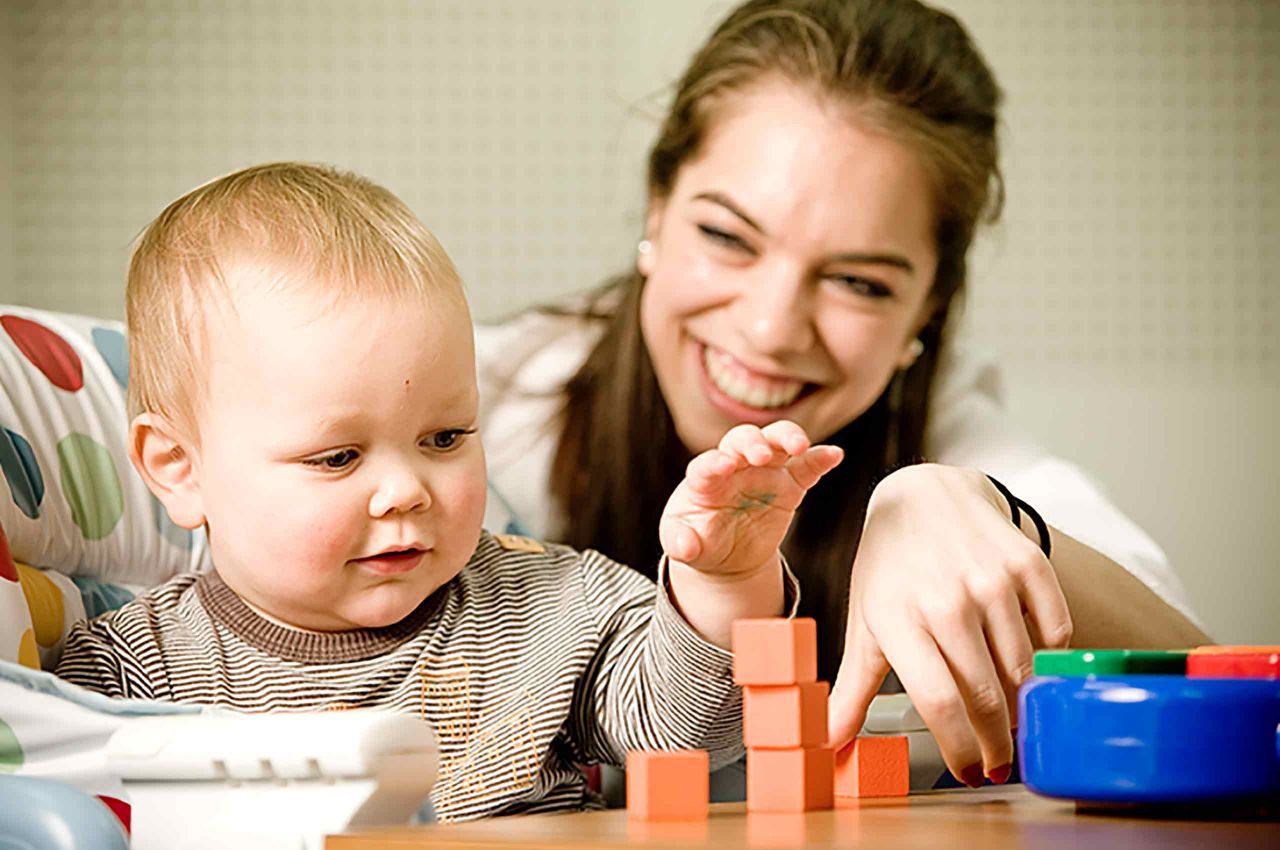A dedicated team of researchers at the Olga Tennison Autism Research Centre (OTARC) at La Trobe University in Melbourne, Australia, is focused on just that.
In 2006, Dr. Josephine Barbaro began developing a groundbreaking surveillance tool, the Social Attention to Communication Study (SACS), which makes it possible to identify children with autism earlier than ever before, as young as 12 month old.
The SACS works by highlighting red flags, or warning signs, of autism early on. Flags include difficulties in social interaction, verbal and non-verbal communication, a restricted repertoire of activities and interests, repetitive and stereotyped behaviour and over- or under-sensitivity to sensory stimuli.

Earliest intervention
OTARC’s research shows that early diagnosis is crucial to enabling an autistic child and their family to adjust and learn to manage their autism, and really thrive.
“The formative years are the ones where we can instill the most change in a child with autism. We can help them to develop language, and support them to be comfortable and proficient in interacting with other people. Early intervention can attempt to offset the development of disabilities in the teenage and adult years, and help them to reach their potential, whatever their potential is,” explains Dr. Barbaro.
Eleven-year-old Heidi was diagnosed with autism by Dr. Barbaro and the SACS when she was two and a half years old.
<font size="4">CLICK TO PLAY VIDEO</font>
“Heidi’s early diagnosis meant that, now she’s 11, Heidi is able to recognise some of the challenges she faces in the world. She learned from a very young age how to self-regulate her sensory issues, so she understands what her body is doing, and she can communicate her needs”, says Heidi’s mother, Marita.
World’s most accurate autism diagnosis
OTARC’s Founder, Professor Cheryl Dissanayake, launched OTARC in 2008 with just eight staff. Today she leads more than 50 staff and students, honorary members and research adjuncts, and OTARC has as many as 50 research studies underway at a time.
The SACS has been used to assess more than 30,000 infants and toddlers and found to have an accuracy rate of 81 per cent, making it the most accurate tool for autism diagnosis in the whole world.
Before OTARC’s groundbreaking work, the previous test, M-CHAT (Modified-Checklist for Autism in Toddlers), had an accuracy rating of 11 per cent at best, and the average age of an autism diagnosis in an Australian child was four years old. Historically, and still today in some countries, a diagnosis can come much later.
Having a confirmed autism diagnosis can be a frightening time for families, so the team at OTARC provides support to parents and families too. Families receive counselling and feedback, information about intervention services, and any funding that might be available. For families that live in the local area, a referral to La Trobe’s Autism Specific Early Learning and Care Centre is also possible.
Helping families globally
The team at OTARC is making their research as widely available as possible. The SACS is already being used in multiple countries around the world, and in February 2016 they released an innovative free app, ASDetect, which enables parents and caregivers to assess the social attention and communication behaviours of children between 11 and 30 months of age.

AsDetect works by guiding users through a series of short videos, each showing two children, one autistic and one not, engaging (or not engaging) in typical age-related behaviours like pointing, making eye contact, and imitation, followed by a question about that behaviour in the child the user is assessing. An assessment takes about 20 minutes to complete, and is accompanied by an easy to understand commentary by Dr. Barbaro herself. It will be translated into several other languages, including Mandarin, Spanish and Indonesian.
“It’s intended for parents and caregivers, but we’re finding that it’s being used by healthcare providers in many countries, like the United States, where there is no universal early screening program in place. It also has huge potential for the developing world, where 80 per cent of the world’s 20 billion smartphone users are living.”
As Professor Dissanayake and Dr. Barbaro explain, enabling someone with autism to really thrive in life doesn’t mean fixing them, or not having autism anymore. It means facilitating their development and ensuring they’re able to reach their own unique potential, and live the life they want to live.




